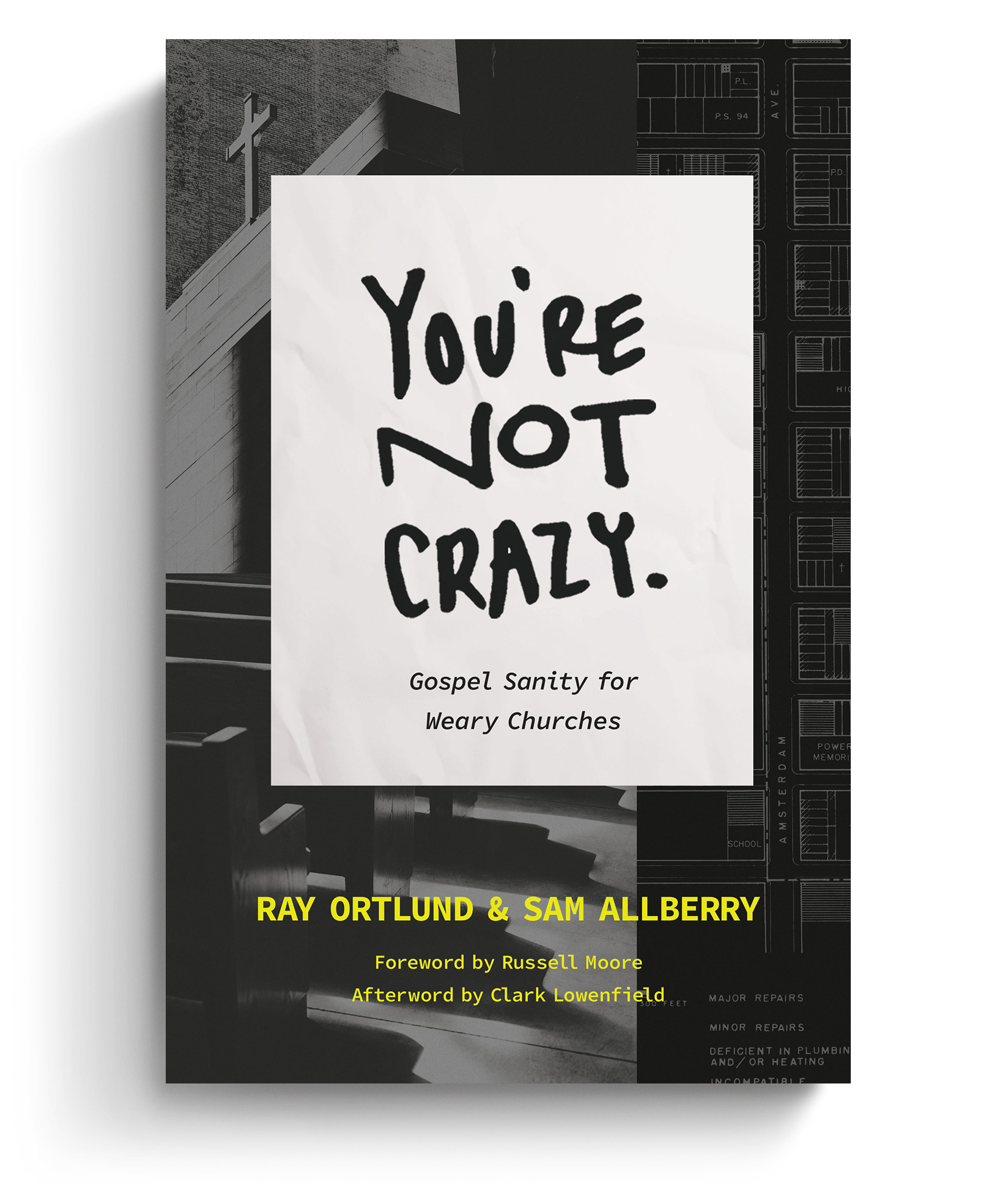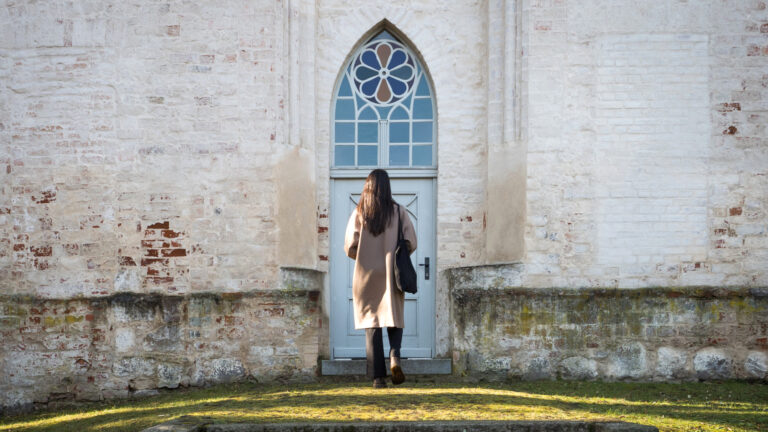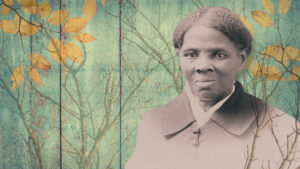I was first diagnosed with chronic pain when I was a teenager. For more than a decade, I’ve woken up in pain and remained in pain.
Only recently have I discovered that I’m not alone in this pain. About 40 percent of Americans suffer from chronic, persistent, and untreatable pain. Imagine this: in a congregation of 200 adults, about 80 of us are currently in pain.
So how can pastors, churches, and ministries better understand and care for their suffering members?
Problem of Pain
Chronic pain—including arthritis, migraines, and autoimmune disorders like mine—is the second-most common reason individuals see a physician and miss work. More than half of sufferers are partially disabled by their pain for days at a time, and more than one-third become, to some degree, disabled by chronic pain. Between medical expenses and lost work time, the annual cost of chronic pain on our American economy is likely more than $100 billion.
But sadly, chronic pain is largely misunderstood and has no straightforward treatment or cure. In the case of injury or acute pain, there is typically a clear cause—and thus standardized treatments and recovery timelines can be created. But with chronic conditions, the pain typically isn’t linked to an injury, and the experience of pain isn’t proportionate to the extent of tissue damage—or anything else that can be empirically measured. The medical community—despite significant amounts of concern, funding, and research—is left using words like “complex” and “puzzling” in definitions and descriptions of pain.
As a result, sufferers rarely speak of our pain and discouragement. Instead we sit quietly in our seats and pews, trying to ignore the discomfort and resist the urge to move our throbbing joints and muscles.
Pain Discourages, the Body Encourages
In my experience of chronic pain the most persistent emotional response is discouragement. I can eat healthy foods, take vitamins, get regular exercise, sleep nine or ten hours—and still wake up tired, stiff, and sore. The emotional toll of the physical symptoms is immeasurable, and that’s where the Christian community can play its part. We need one another.
Larger churches would be wise to create support groups and pastoral care for sufferers, but all churches can simply engage their suffering members with compassion and wisdom in current groups and ministries.
Too often, when I’ve mentioned my chronic pain to fellow believers, they’ve responded with a possible cure or treatment. “You should see a chiropractor.” “How much magnesium are you getting?” “Are you familiar with essential oils?” Certainly these responses mean well, but they aren’t the most loving. Instead, we can offer each other a listening ear, offer sincere encouragement, and pray for the sufferer. I’ve probably received more than 100 potential cures and pieces of advice in the past year, and almost every suggestion has been unique. In other words, what works for one person’s experience of pain most likely won’t work for another’s.
Gift from the Father
Lately I’ve been experiencing my pain in a different way. I’ve realized it’s become a crucial part of my daily dependence on God.
The reality of physical restoration and a bodily resurrection has more profound depth to the chronically ill. As I’ve simply shared my struggle with chronic pain from the pulpit, I am discovering dozens of fellow members facing similar pains—most of which are more severe than mine. I’m realizing my journey with pain has enabled me to offer God’s healing presence in a more personally connected way (2 Cor. 1:3–7).
In a sense, pain is a gift from our Father.
Christian physician Paul Brand accurately described it as the gift nobody wants. Pain is a signal that reminds us something is wrong with us—for me, it’s often an indicator I’ve done too much physically and need to rest. But this signal brings us to the paradox: pain is both a curse and a gift.
Nowhere Else to Go
In this, chronic pain is a perfect illustration of the Christian life. It is a constant and demanding journey; it is supremely complex and often seemingly meaningless; and there is no cure for the hardship or hope for restoration in this world itself. Chronic pain, like every type of suffering, is a form of brokenness that drives us to Christ. When the pain persists, there’s simply nowhere else to go.
In Jesus, the good physician, we might not find the answers we’re seeking, but we find comfort for today and hope beyond the grave. In his life, we remember he was no stranger to emotional heartache and physical pain. In his Word, we know these light and momentary afflictions are nothing compared to the future glory that will be revealed (2 Cor. 4:17). And in his promises, we take hope that all broken things—even our sore, brittle bodies—will be made new and whole again, and pain will finally be a distant memory.
Come, Lord Jesus.
Are You a Frustrated, Weary Pastor?
 Being a pastor is hard. Whether it’s relational difficulties in the congregation, growing opposition toward the church as an institution, or just the struggle to continue in ministry with joy and faithfulness, the pressure on leaders can be truly overwhelming. It’s no surprise pastors are burned out, tempted to give up, or thinking they’re going crazy.
Being a pastor is hard. Whether it’s relational difficulties in the congregation, growing opposition toward the church as an institution, or just the struggle to continue in ministry with joy and faithfulness, the pressure on leaders can be truly overwhelming. It’s no surprise pastors are burned out, tempted to give up, or thinking they’re going crazy.
In ‘You’re Not Crazy: Gospel Sanity for Weary Churches,’ seasoned pastors Ray Ortlund and Sam Allberry help weary leaders renew their love for ministry by equipping them to build a gospel-centered culture into every aspect of their churches.
We’re delighted to offer this ebook to you for FREE today. Click on this link to get instant access to a resource that will help you cultivate a healthier gospel culture in your church and in yourself.

































